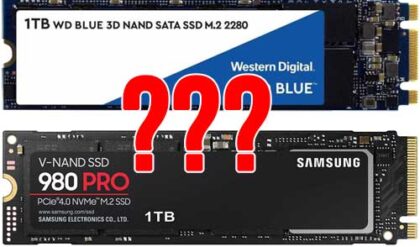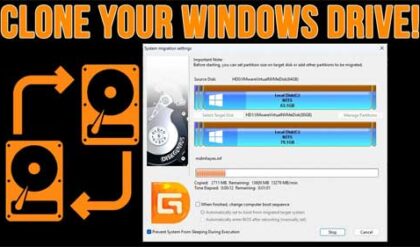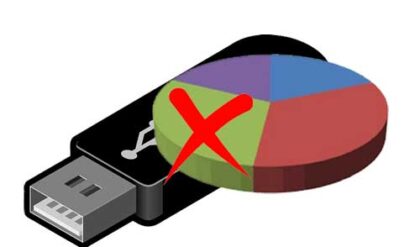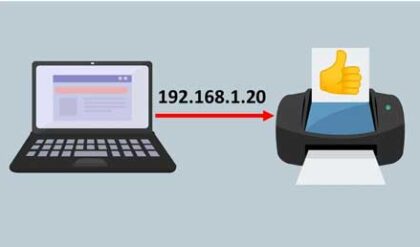RAM (Random Access Memory) or just memory for short is what your computer uses to temporarily run programs with or open files in while you use them. It’s much faster than hard drive memory but when you shut down the computer, everything that is stored in RAM is lost. So the faster the memory in your computer, the faster you will get things done. And the more memory in your computer, the more programs and files you can have open at the same time.
Once again it’s time to compare the latest memory type with the type that came before it. This time we will look at DDR2 vs. DDR3 RAM. Of course DDR3 is going to be faster but what are some of the other differences and is it worth it to upgrade? Eventually everything will be DDR3 until the next latest and greatest RAM comes out.
DDR2 produced faster performance with less energy consumption than DDR1. So for course DDR3 performs faster than DDR2 and consumes less power at the same time. None of the DDR types are backwards or forward compatible with each other. So if your system takes DDR2 then that’s what you are stuck with. DDR3 DIMMs have 240 pins just like DDR2 but are incompatible with DDR2 and have a different key notch location.
Some other key differences include:
- DDR3 memory uses 1.5V per chip, which is 0.3V less than DDR2. DDR3 memory provides a reduction in power consumption of 30% compared to DDR2 memory.
- DDR2 has transfer speed of 400 – 800 Mbps while DDR3 memory has transfer speeds of 800 – 1600 Mbps.
- In regards to the I/O bus clock, DDR2 supports between 200-800 MHz and DDR3 supports from 400-1600 MHz
- DDR3 allows for chip capacities of up to 8 gigabits, thus enabling a memory module size of 16 gigabytes






